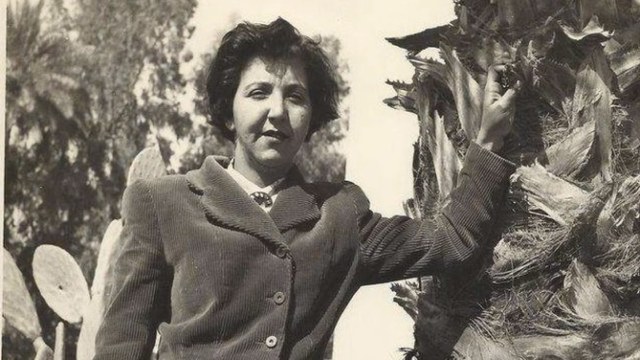Who Was Naziha Salim? Naziha Salim was born in 1927 in a family with deep artistic roots. Her father’s involvement in the arts and her brothers’ artistic pursuits greatly influenced her path. Salim honed her skills at the Baghdad Fine Arts Institute and later advanced her education at the École Nationale Supérieure des Beaux-Arts in Paris.
- RELATED: Lionel Messi’s Wife: The Enchanting Antonela Roccuzzo
- RELATED: Who Can Defeat Lord Shiva? The Perspective from Ancient Scriptures
- RELATED: Tom Holland Net Worth: Breaking Down the Spider-Star’s Earnings
- RELATED: Drake Net Worth: A Deep Dive into His Wealth and Stardom
Table of Contents
What Defined Naziha Salim’s Artistic Style?
Salim’s artwork is renowned for its vibrant use of color and the integration of Iraqi and Arab cultural motifs. She often portrayed rural Iraqi women, capturing their resilience and grace. Her style merged traditional Iraqi elements with modern techniques she learned in Paris, making her work a rich tapestry of cultural commentary and aesthetic innovation.
How Did Naziha Salim Influence the Art World?
As a trailblazer for female Iraqi artists, Salim was a founding member of the artist collective Al-Ruwwad. She also influenced the art world through her teaching at the Institute of Fine Arts in Baghdad, nurturing a new generation of Iraqi artists. Her contributions significantly shaped the Iraqi art scene and liberated it from colonial influences.
- RELATED: XXXTentacion Death Cause: Unraveling the Tragic Circumstances
- RELATED: XXX Film Series And Video Games
- RELATED: XXXX – The XXXX brand (Everything About The Industry)
- RELATED: Taylor Swift Net Worth: The Rise of a Pop Phenomenon
Where Was Naziha Salim’s Work Exhibited?
Salim’s work was exhibited widely, both in Iraq and internationally, garnering numerous awards and honors. Her paintings are featured in prominent museums and galleries, serving as cultural windows into the Iraqi experience and bridging cultural gaps on a global scale.
Featured on Google Doodle
Salim’s life and work continue to inspire, symbolizing the enduring power of cultural expression and the transformative role of art in society. Her commemoration in a Google Doodle is a testament to her lasting impact and the universal language of her art.
What Is Naziha Salim’s Legacy?
Passing away in 2008, Salim’s legacy lives on through her vibrant paintings and her impact on the Iraqi art community. She is celebrated for her role in championing female artists in a male-dominated sphere and for her contributions to the cultural heritage of Iraq. Her influence continues to resonate with contemporary artists, ensuring that her spirit endures in the world of art.
- RELATED: Who is Taylor Swift Dating? Navigating the Buzz Around Her and Travis Kelce
- RELATED: Jason Statham Net Worth: The Action Hero’s Earning Punch
- RELATED: Justin Bieber Net Worth: From Street Performer to Millionaire
- RELATED: Elon Musk Net Worth: Evaluating the Wealth of a Space and Tech Tycoon
- RELATED: Cardi B Net Worth: From Stripper to Chart-Topping Rapper













